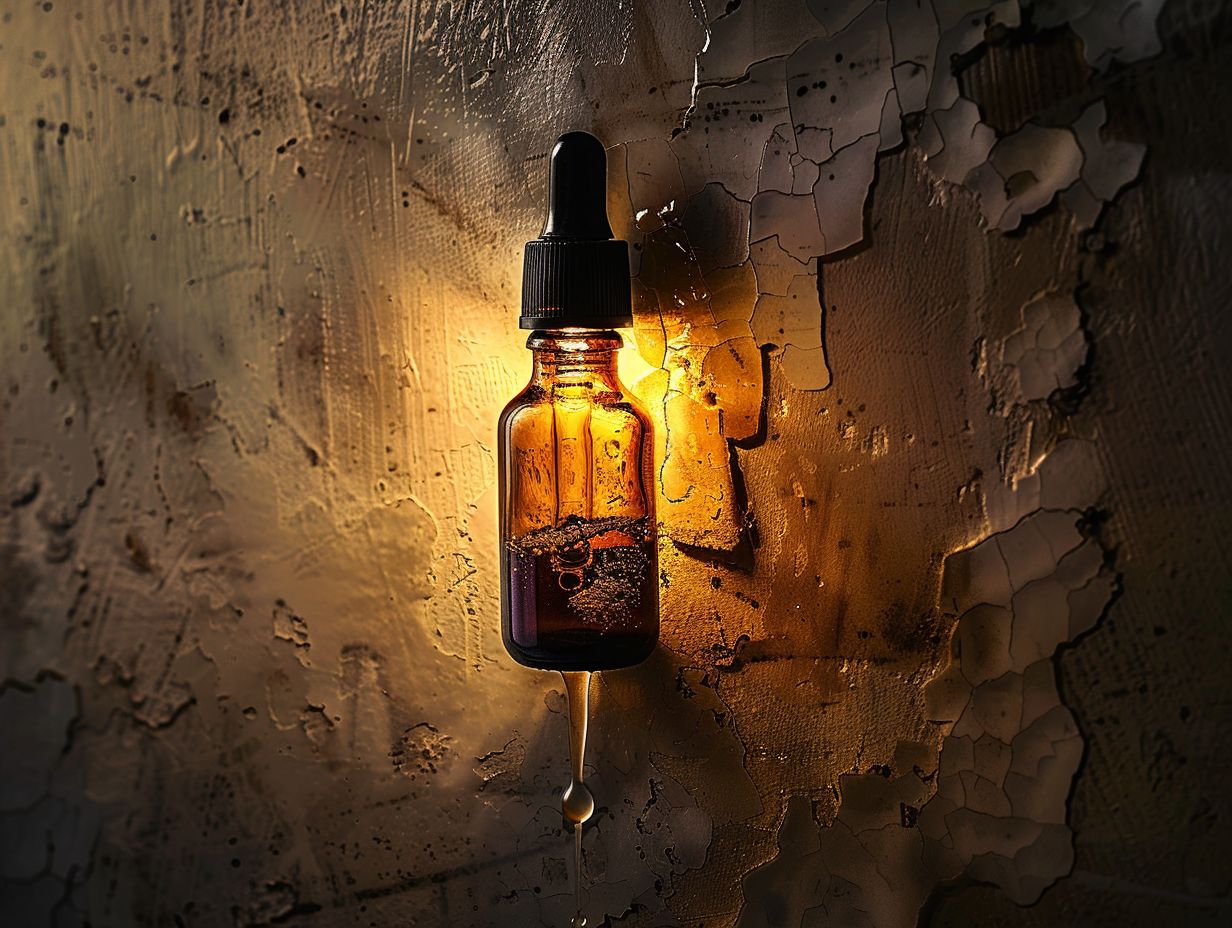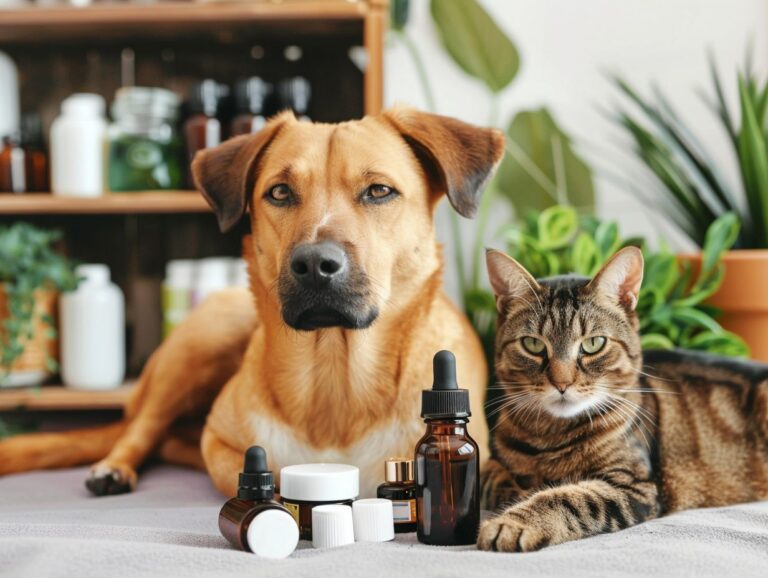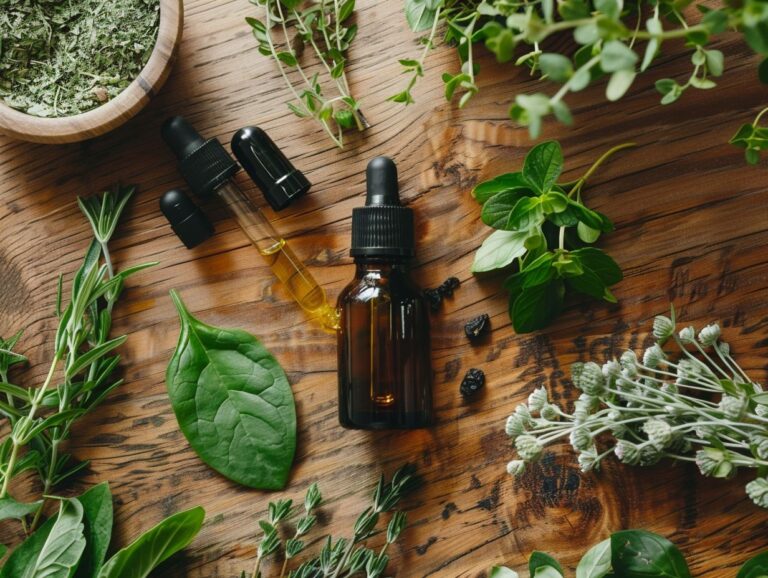Does Essential Oil Stain Walls
Have you ever wondered if essential oils can stain your walls?
We will explore what essential oils are and how they are used, as well as whether they have the potential to leave unsightly marks on your walls.
Learn about the types of essential oils that can stain walls, what causes these stains, and how to prevent them.
Discover tips on removing essential oil stains from walls and explore alternative ways to enjoy the benefits of essential oils without the risk of staining.
Key Takeaways:
What Are Essential Oils?
Essential oils are concentrated extracts derived from plants, known for their natural and eco-friendly properties. They are highly aromatic and contain the essence of the plant they are extracted from.
Regarding extracting these potent oils, various methods are employed, including steam distillation, cold pressing, and solvent extraction. These processes ensure that the purity and potency of the oils are maintained. In aromatherapy, these oils are widely used to promote relaxation, uplift the mood, and even alleviate certain health conditions. They are prized for their antibacterial and antifungal properties, making them ideal for natural cleaning and disinfecting purposes. Whether it’s adding a few drops to a diffuser for a calming atmosphere or creating your own DIY skincare products, essential oils can truly enhance your well-being in a natural and sustainable way.
How Are Essential Oils Used?
Essential oils are versatile and can be used in various ways, such as in cleaning solutions, pet care products, and fabric fresheners.
Regarding household cleaning, a few drops of essential oils like tea tree or lavender mixed with water and vinegar create a powerful, natural cleaning solution that not only cleans effectively but also leaves behind a refreshing scent. For pet grooming, oils such as chamomile or peppermint can be diluted and used as a natural repellent for fleas and ticks. Adding a few drops of lemon or eucalyptus oil to a fabric spray can help eliminate odors and keep your linens and clothes smelling fresh.
Can Essential Oils Stain Walls?
Essential oils have the potential to stain walls if not used properly or in high concentrations. It is essential to take precautions when applying them near walls.
The risk of essential oils staining walls arises from their concentrated pigments and chemical compositions. When exposed to porous surfaces like walls, these properties can lead to discoloration and unsightly marks if left untreated. To prevent staining, it’s advisable to dilute essential oils before application and use a carrier oil. Using a diffuser instead of direct application can minimize contact with walls. In case of stains, immediate action is crucial. Mix mild dish soap with warm water and gently dab the affected area using a cloth to prevent further spread. Regular maintenance and cleaning will help preserve the appearance of your walls.
What Types of Essential Oils Can Stain Walls?
Certain essential oils like pine essential oil have a higher likelihood of staining walls compared to others due to their composition and potency.
Due to its rich color and chemical makeup, pine essential oil can leave stubborn stains on walls if not diluted properly before use. It contains compounds that may react with certain surfaces, causing discoloration or even damage over time. Other oils prone to staining include clove oil and cinnamon bark oil, known for their dark hues and strong properties.
When using these oils, it’s crucial to conduct a patch test on a small area first and dilute them adequately to prevent potential staining on various surfaces, including walls, upholstery, and wooden furniture.
What Causes Essential Oils to Stain Walls?
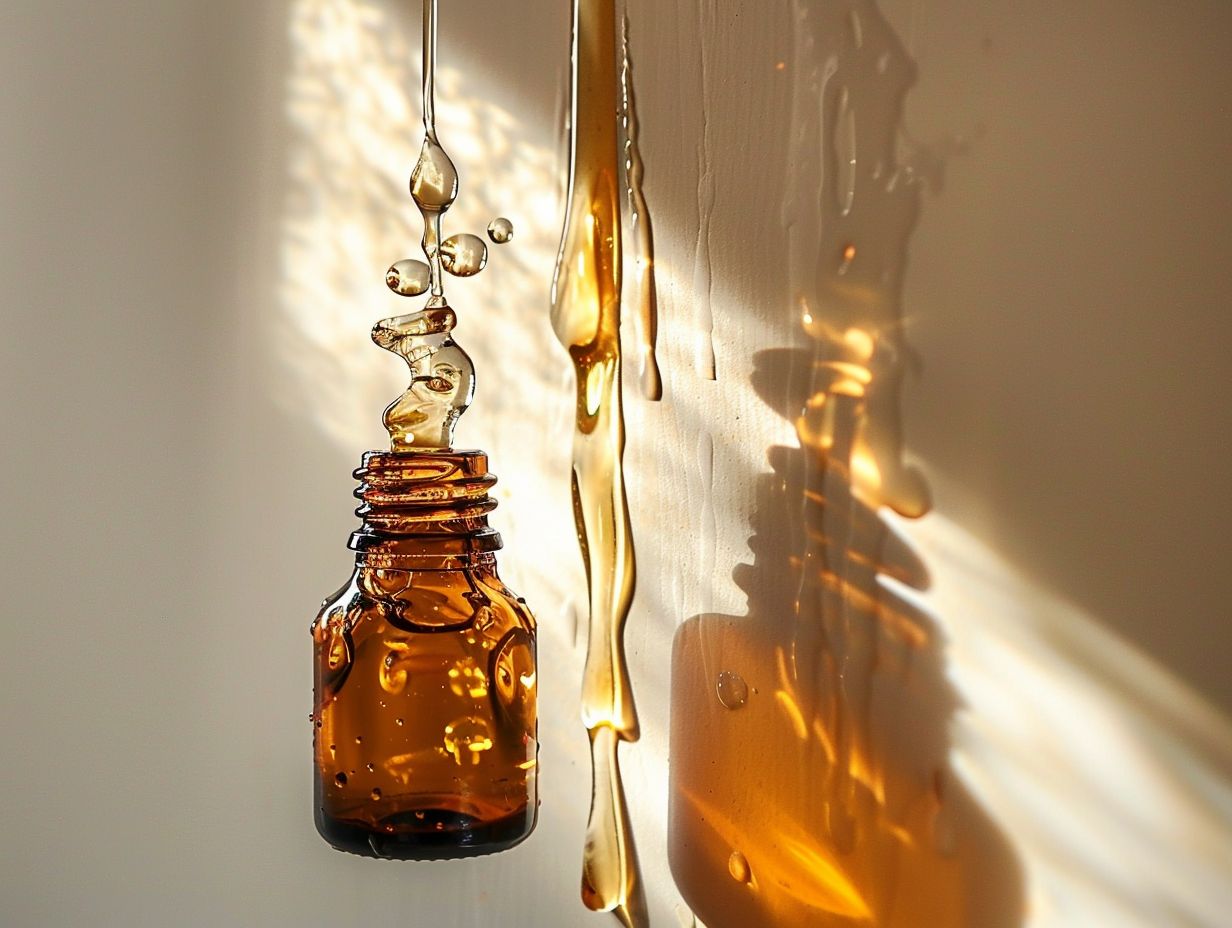
This staining phenomenon can occur in various scenarios, such as diffusing essential oils near walls, accidental spills, or even through contact with hands that have traces of oils.
Over time, these stains can build up and become stubborn to remove, especially on porous or textured surfaces. Some common examples include lavender oil leaving a yellow tint, citrus oils causing a sticky residue, or eucalyptus oil leaving a greenish hue.
To combat these stains, it’s essential to address them promptly and employ proper cleaning techniques suited for each type of oil.
How to Prevent Essential Oils from Staining Walls?
To prevent essential oils from staining walls, it is crucial to ensure that the surfaces are clean and free from grime, bacteria, or pet residues before applying the oils.
One effective way to prepare your walls is by starting with a thorough cleaning process. Begin by dusting the walls to remove any loose particles or debris, followed by wiping them down with a gentle cleanser and warm water solution.
Next, inspect the walls for any tough stains or spots and address them accordingly. For stubborn stains, consider using a mild abrasive cleaner or a mixture of baking soda and water to gently scrub the affected areas.
After cleaning, allow the walls to dry completely before proceeding. This step is crucial to ensure that the oils adhere properly to the surface without any interference from moisture.
What Precautions Should Be Taken When Using Essential Oils Near Walls?
When using essential oils near walls, it is advisable to wear gloves to protect the skin and use a homemade cleaner that is safe for both the walls and fabrics.
To prevent potential stains, consider diluting the essential oils with water before application. This can help in reducing the concentration of the oils and minimize the risk of discoloration on the walls.
When cleaning surfaces after using essential oils, opt for eco-friendly cleaners that are gentle yet effective in removing any residue without damaging the wall paint or finish.
How to Remove Essential Oil Stains from Walls?
Removing essential oil stains from walls can be achieved by using a combination of vinegar, a natural stain remover, and Lemon essential oil for added cleaning power.
To begin the stain removal process, mix equal parts of white vinegar and water in a spray bottle. Spray the solution directly onto the stained area and let it sit for a few minutes to break down the oil residue. Use a clean cloth or sponge to gently blot the area, being careful not to spread the stain further.
- For tougher stains, you can create a paste using baking soda and water. Apply the paste to the stained area and let it sit for at least 30 minutes before scrubbing it off with a sponge or brush.
- If the stain persists, you can try using a natural stain remover specifically formulated for oil-based stains. Follow the manufacturer’s instructions for application and allow it to penetrate the stain before wiping it clean.
- Lemon essential oil can also be used as a final step to add a fresh scent and extra cleaning power. Add a few drops to a damp cloth and gently rub it over the treated area to further break down any remaining residue.
What Cleaning Products Can Be Used to Remove Essential Oil Stains?
Thieves Laundry soap is an effective cleaning product that can help remove essential oil stains from various surfaces like walls, countertops, and appliances.
One of the key benefits of using Thieves Laundry soap is its eco-friendly nature. Made from plant-based ingredients and essential oils, it is free from harsh chemicals that can be harmful to both your skin and the environment. Its powerful formula not only lifts off tough oil stains but also leaves a refreshing and natural scent behind. Whether you’re dealing with spills on clothes, furniture, or even floors, Thieves Laundry soap offers a gentle yet effective solution, making it a versatile and reliable choice for your cleaning needs.
Are There Natural Methods for Removing Essential Oil Stains?
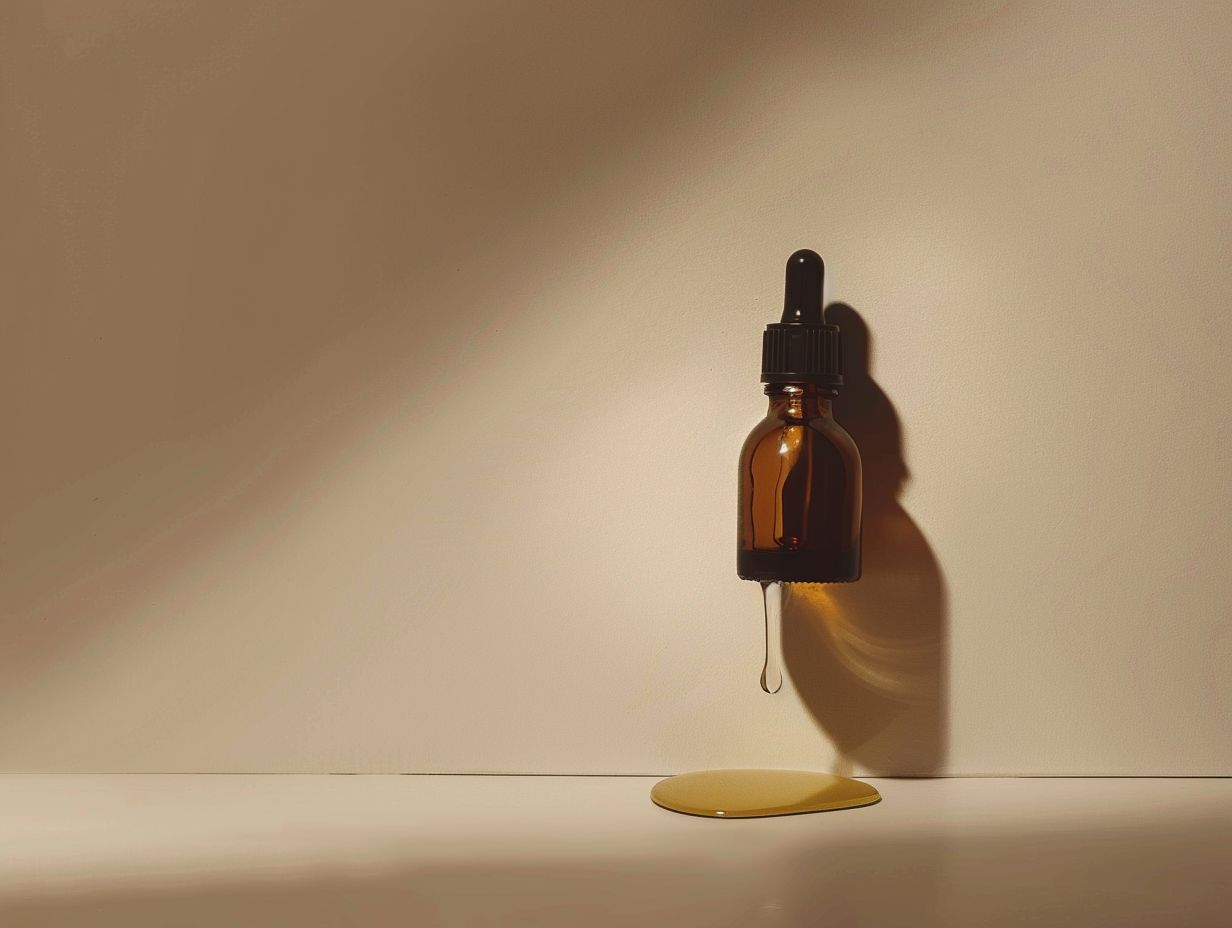
Not only does white vinegar act as a powerful solvent to break down the oils in the stain, but it also helps to neutralize the odor left behind by the essential oils. One of the key benefits of using white vinegar for stain removal is its versatility across various surfaces and materials. Whether it’s on painted walls, wooden furniture, or clothing, white vinegar can effectively lift and eliminate those stubborn oil marks. It’s a cost-effective and eco-friendly solution that many households swear by for tackling such spills.
What Are the Alternatives to Using Essential Oils on Walls?
If you prefer not to use essential oils on walls, alternatives like Thieves Laundry soap or Lemon essential oil can provide similar benefits without the risk of staining.
Thieves Laundry soap is a powerful option that contains plant-based cleaning agents that effectively remove dirt and grime without leaving any residue behind. It is specially formulated to tackle tough stains while leaving a fresh, clean scent in your home.
Lemon essential oil, on the other hand, is known for its antibacterial properties and uplifting aroma. You can mix a few drops of Lemon essential oil with water in a spray bottle to create a natural cleaning solution that not only cleans but also deodorizes surfaces.
Are There Essential Oils That Do Not Stain Walls?
Essential oils derived from the Scots pine tree are less likely to stain walls due to their composition and properties, making them a safer option for wall applications.
Scots pine tree oil is known for its fresh and invigorating fragrance, making it a popular choice for both cleaning and aromatherapy. Due to its antibacterial and antifungal properties, this essential oil not only cleans surfaces effectively but also helps purify the air, creating a healthier environment.
When used in cleaning solutions, Scots pine tree oil can cut through grease and grime without leaving behind residue or discoloration, ensuring that your walls and surfaces remain pristine. In aromatherapy, this oil is valued for its ability to promote mental clarity, reduce stress, and uplift the mood.
What Are Other Ways to Enjoy the Benefits of Essential Oils Without Staining Walls?
Exploring options like diffusers or fabric sprays using oils from Young Living, such as Blue Tansy, can offer the benefits of essential oils without the risk of wall stains.
Diffusers are an excellent way to disperse essential oils throughout a space, creating a soothing ambiance. Whether you prefer an ultrasonic diffuser, nebulizing diffuser, or even a reed diffuser, there are options to suit everyone’s preferences.
On the other hand, fabric sprays infused with essential oils staining wood can freshen up linens, clothes, or even upholstery, leaving a pleasant scent lingering in the air.
Youth Living’s Blue Tansy, known for its calming properties, can be particularly beneficial when used in fabric sprays to create a serene environment without the worry of stains. With just a few spritzes, you can enjoy the aromatic experience of Blue Tansy throughout your home.
Frequently Asked Questions
Does Essential Oil Stain Walls?
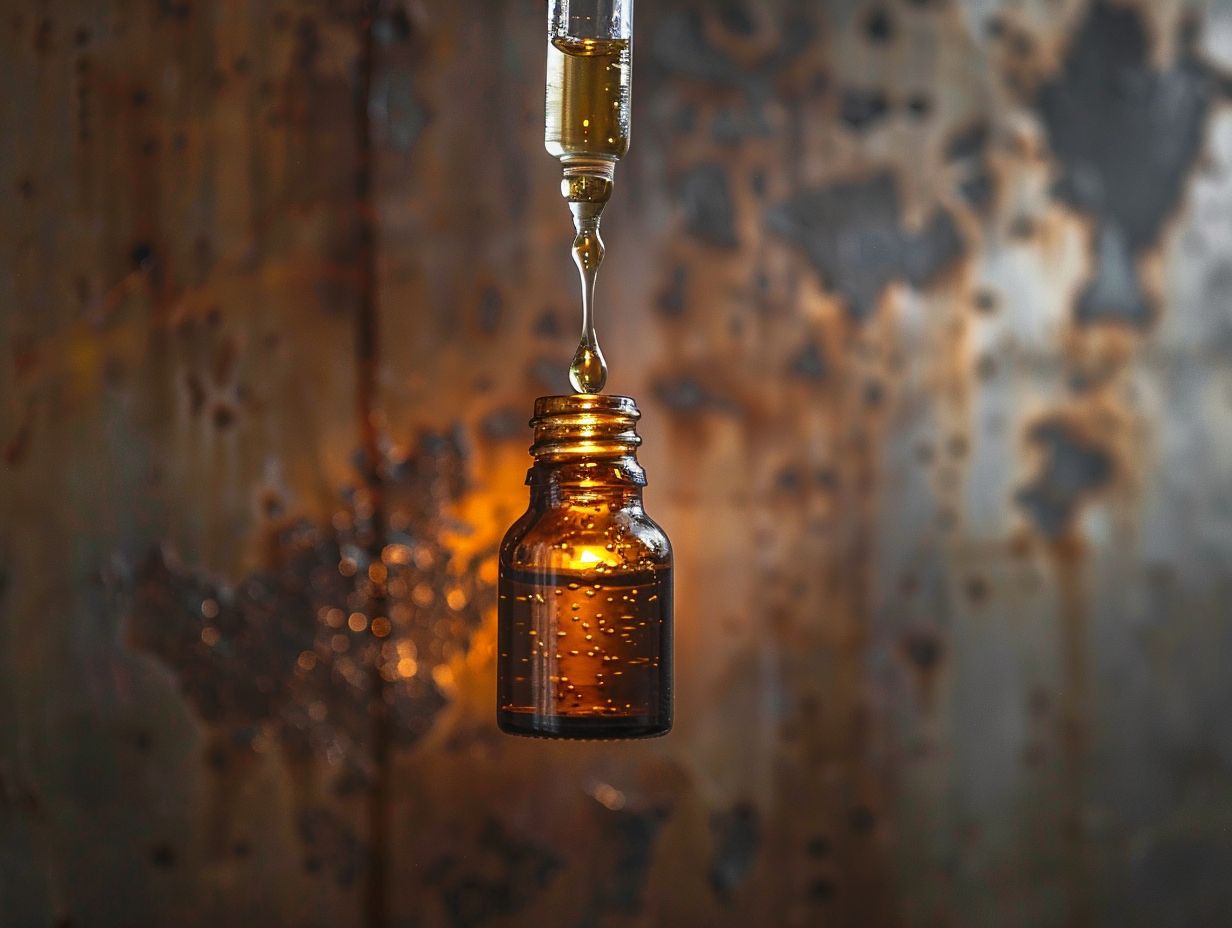
Can I Use Essential Oils on Painted Walls?
Yes, you can use essential oils on painted walls, but it is important to dilute them properly and test a small, inconspicuous area first to ensure there is no adverse reaction.
What Essential Oils are Most Likely to Stain Walls?
Citrus essential oils, such as lemon, orange, and grapefruit, are known to have strong coloring properties and are more likely to stain walls if not used carefully.
How Can I Prevent Essential Oil Stains on Walls?
To prevent stains, always make sure to properly dilute essential oils and avoid using them on unfinished or porous surfaces. It is also important to clean up any spills or drips immediately.
What Should I Do If Essential Oil Stains My Walls?
If an essential oil does stain your walls, you can try cleaning it with a mild soap and water solution or a mixture of vinegar and water. If the stain persists, it may require repainting the affected area.
Are There Any Essential Oils That Won’t Stain Walls?
Yes, there are some essential oils that are less likely to stain walls, such as lavender, peppermint, and eucalyptus. However, it is still important to properly dilute and use all essential oils carefully to avoid any potential staining.

